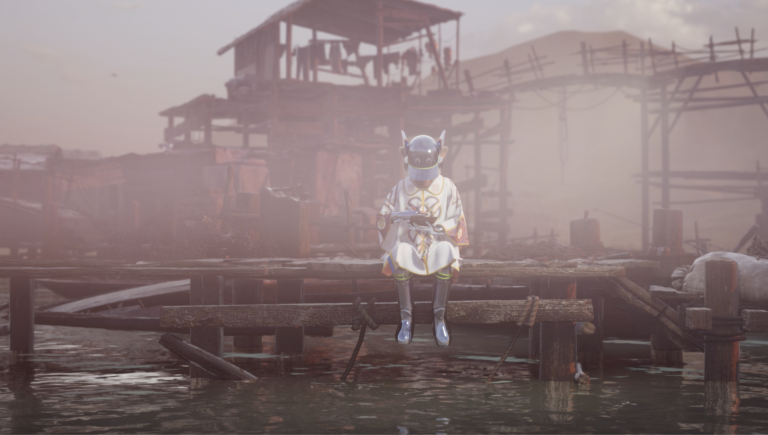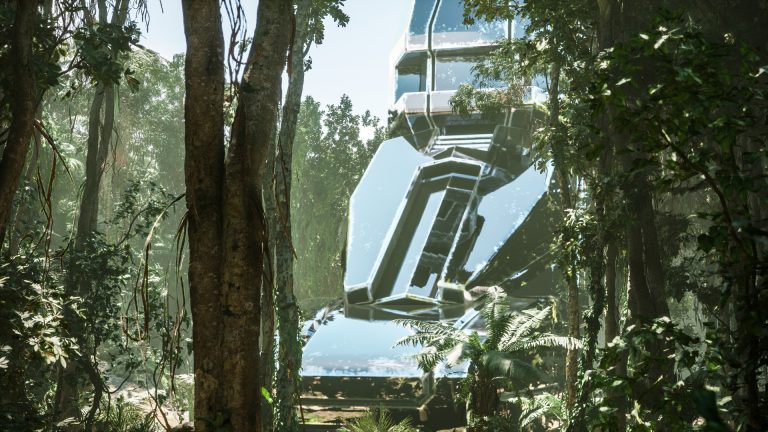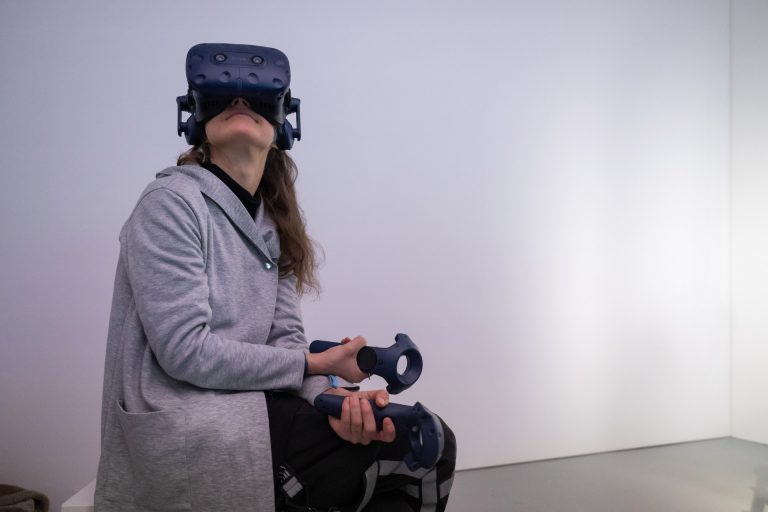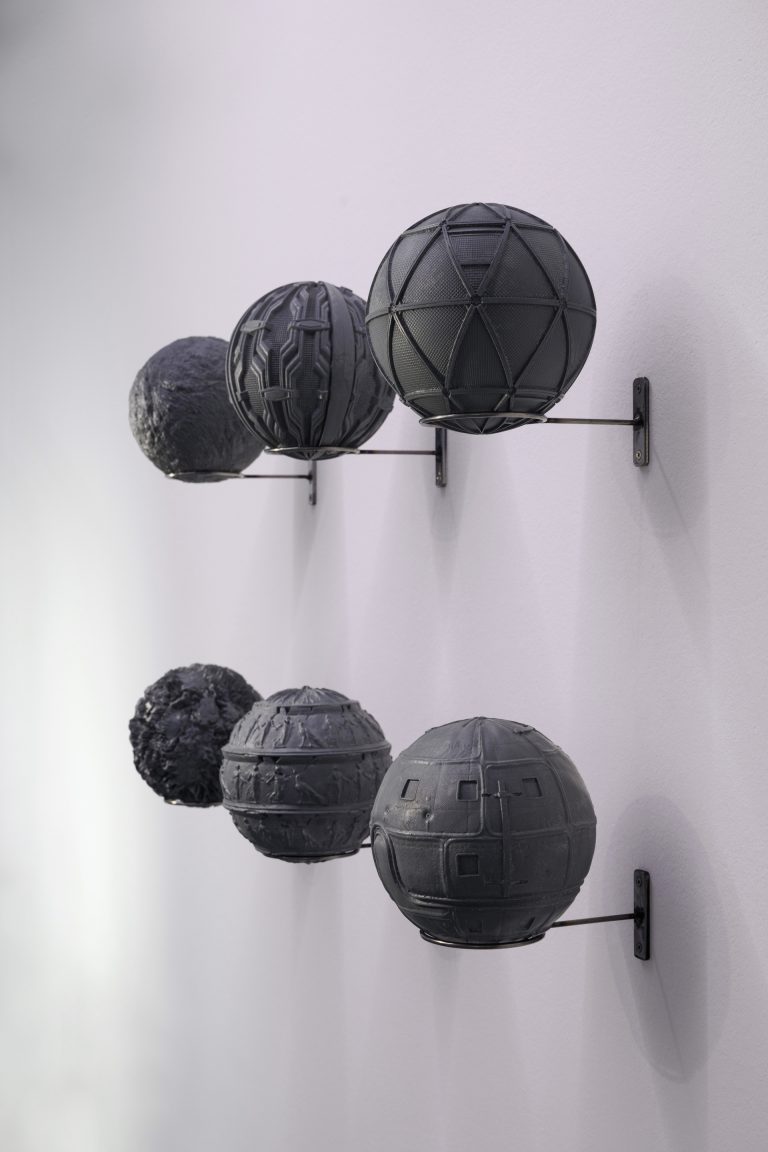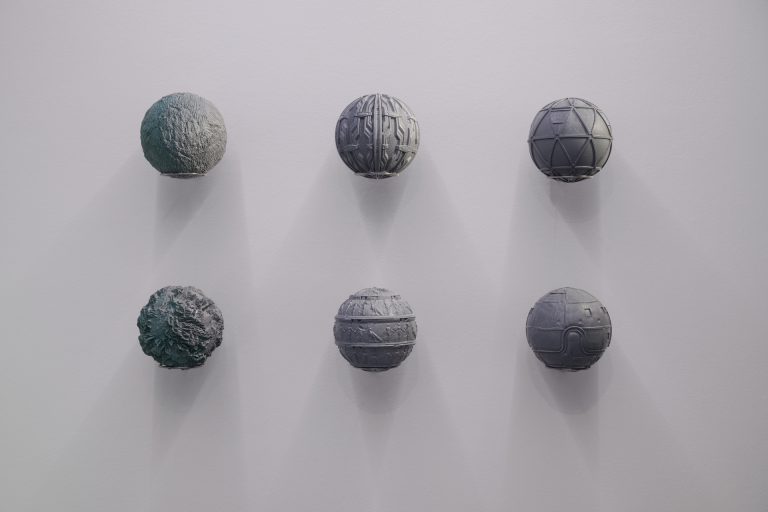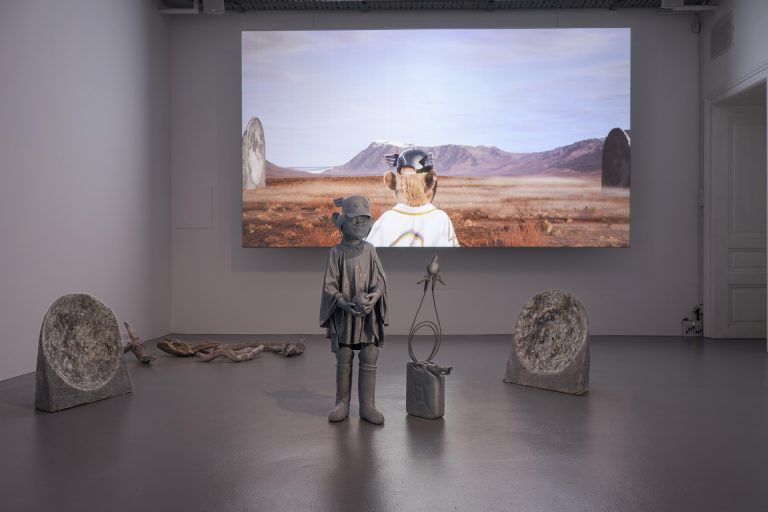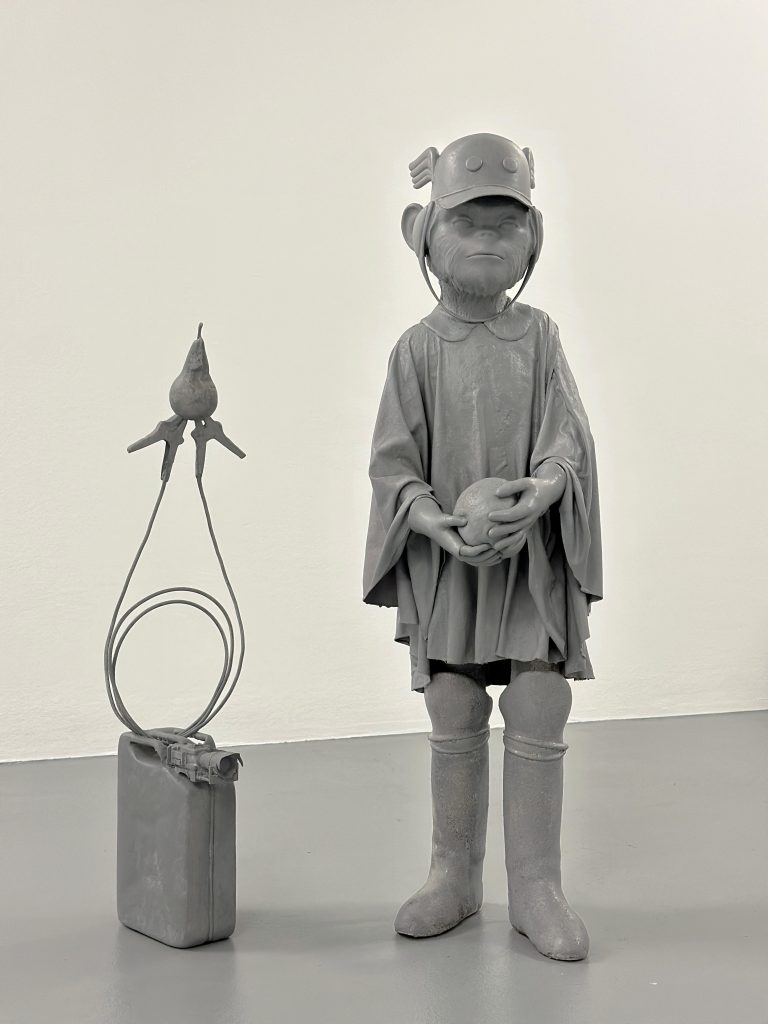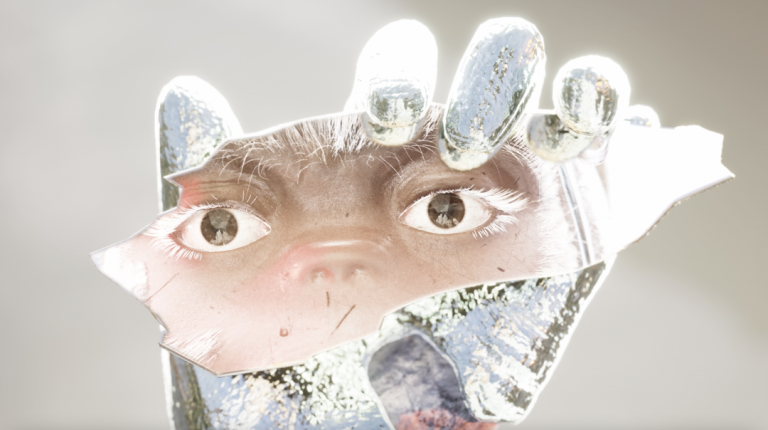Daniela Cotimbo
Art Curator
- Home
- About
- Re:Humanism
- Exhibitions
- OVERTON WINDOW: Solo
- Muovendomi, stando ferma.
- Second Order Reality
- The Stone Monkey
- Tecnoriti
- Sparks and Frictions Re:humanism #3
- Beyond Binaries
- Distrust Everything
- IperSitu
- Non sono io il fotografo
- Object Oriented Choreography
- Don’t you forget about me
- Re:define the boundaries Re:humanism #2
- Within a latent space
- Allegra ma non troppo
- Complessità
- Re:humanism art prize #1
- Ionian Archaeological Archives
- Die andere Seite
- Models of display
- Se non vedete segni o prodigi non credete affatto
- CsO
- ANDIAMO Là
- Talk
- Publications
- News
- Contact
Second Order Reality
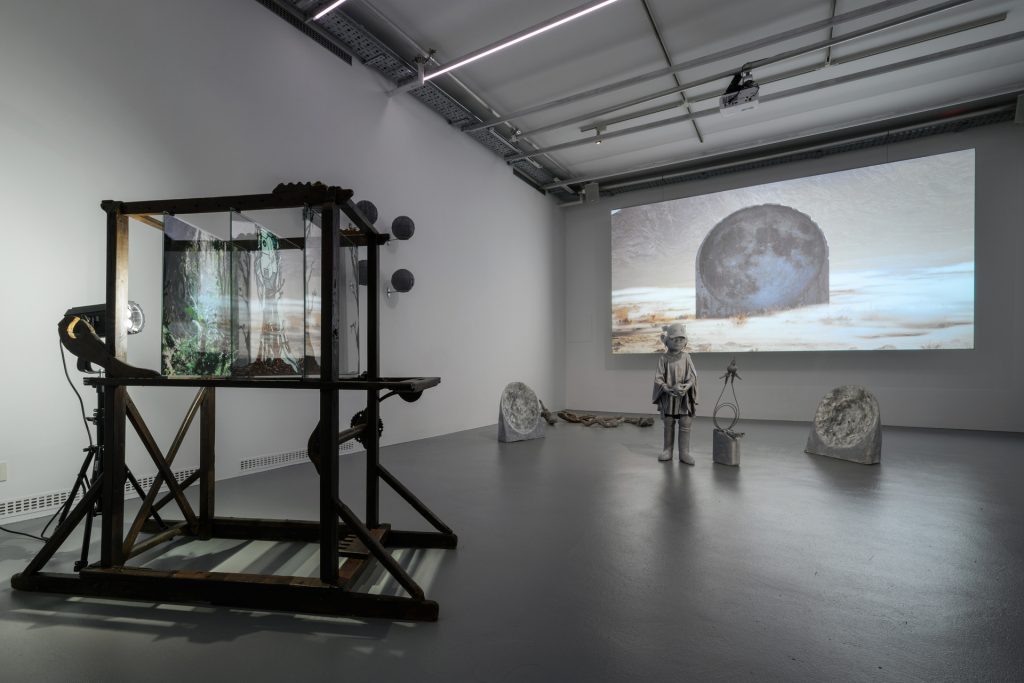
Second Order Reality
18.01-16.02.2024
Carola Bonfili
Curated by Daniela Cotimbo and Ilaria Gianni
Promoted by Fondazione smART – polo per l’arte
Aksioma, Ljubljana
Supported by the Italian Council (2022), Directorate-General for Contemporary Creativity, Italian Ministry of Culture
In Second Order Reality, Carola Bonfili explores those perceptual states that are inherent in the “magical thinking” of children and characterise, for example, the experience of navigating virtual worlds.
The ability to enter and exit different kinds of subjectivity and the interest in liminal spaces, time gaps and thresholds are familiar to us during childhood, but later on, we somehow tend to relegate them to the margins of experience. In adulthood, these states persist in the form of small perceptual shifts, inattentions and meditative or dysfunctional moments, in which we find ourselves immersed in a space that we recognise, even though we have never experienced it.
“We live inside our body all day, but we only realise it when something doesn’t feel right,” says Bonfili, and we feel a similar sensation when we are immersed in the worlds of virtual reality, where we still use our senses, but the bodies we inhabit are not ours. This otherness is also embodied in augmented spaces – those desolate places which evoke impersonal memories and follow the gaming logic that requires us to take pre-programmed and satisfaction-oriented actions, but also reveals other possibilities. When we leave this path, we experience the threshold.
Bonfili finds this shift in perception in texts such as Gustave Flaubert’s The Temptation of St. Anthony or H. G. Wells’s The Island of Dr Moreau. In this respect, Flaubert’s text is particularly noteworthy for the description of the repeated hallucinations experienced by the protagonist when he’s inside a hut. Anthony Abbot’s images are incandescent visions driven by desire, but acquire a solid consistency, similar to the effect of a mirage. These transitions from scenarios close to reality, after which the gaze broadens onto a boundless landscape, are what make Flaubert’s work so similar to the logic of video games.
Starting from these impressions, Carola Bonfili develops a narrative that she then deconstructs and varies through different media – a CGI video conceived as a trailer, an immersive VR environment and a series of sculptures – with the aim of bringing a video game to life.
The story’s protagonist is M’ling, a little monkey who suddenly sees that certain parts of her body are turning into stone and embarks on an initiatory journey in search of healing. On this journey, the little monkey encounters a series of mysterious objects to which she dedicates her sensorial attention: she talks to water, meets a robot and is guided by a mysterious melody. By letting go in the flow of surreal events, she finds the path towards her well-being.
In the video The Stone Monkey and VR installation Level 1, Illusions That We Should Have, but Don’t, the narrative develops through a succession of mysterious events that constantly displace the point of adherence to reality. Here, even the sounds play an important role by creating actual “sound objects” and amplifying the unsettling quality of the whole experience.
The deliberately fragmented nature of the project is underlined by sculptures that draw on some of the themes and imagery of the story, translating them into physical elements. If M’ling and Tanky Pear are concrete reproductions of the main characters and recall action figures produced in the field of gaming, The Stone Monkey PBR consists of a series of spherical sculptures that have been created based on PBRs or physical renders, digital objects used in 3D modelling to display texture samples. Finally, The Multicrane adapts the technique used in Walt Disney’s early animations. A tribute to craftsmanship that persists as a method in its approach to the digital.
Every aspect of the story is the result of a careful construction that combines different languages and eras: from 19th-century literature to Brutalist architecture, from contemporary comics to generative artificial intelligence. In this project, the author shows how a single story is potentially infinite and how its specificities depend on the chosen means of expression in a constant and always fragmentary cross-reference that leaves ample room for imagination.
